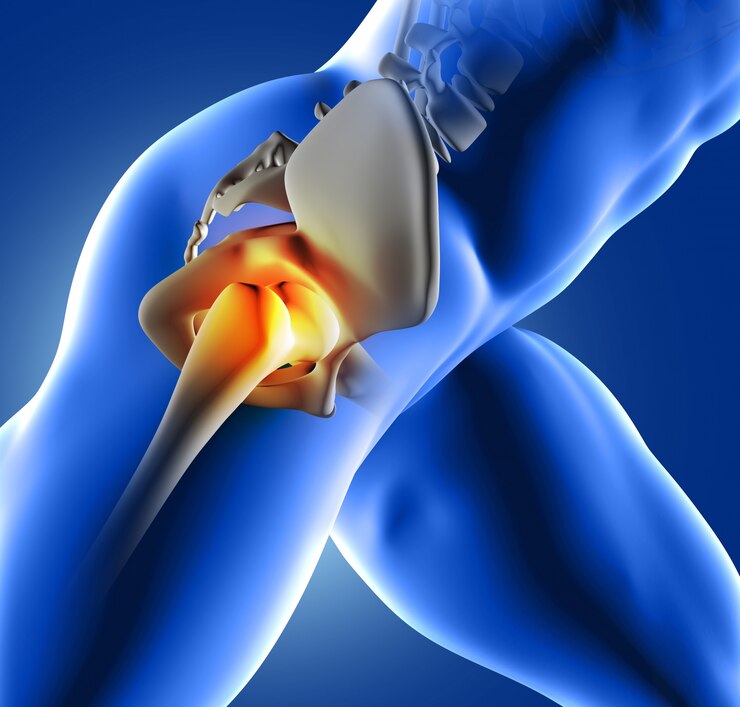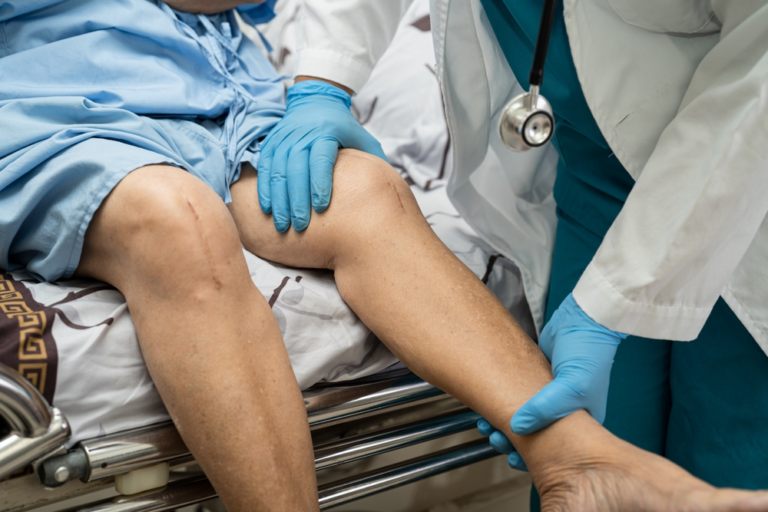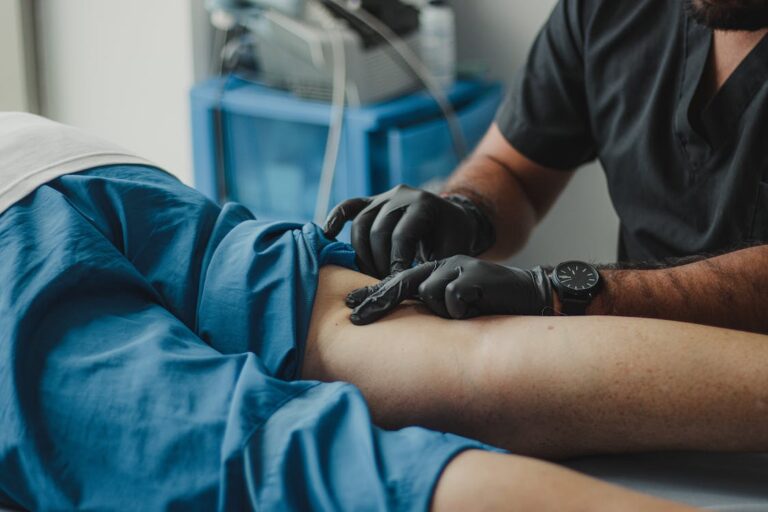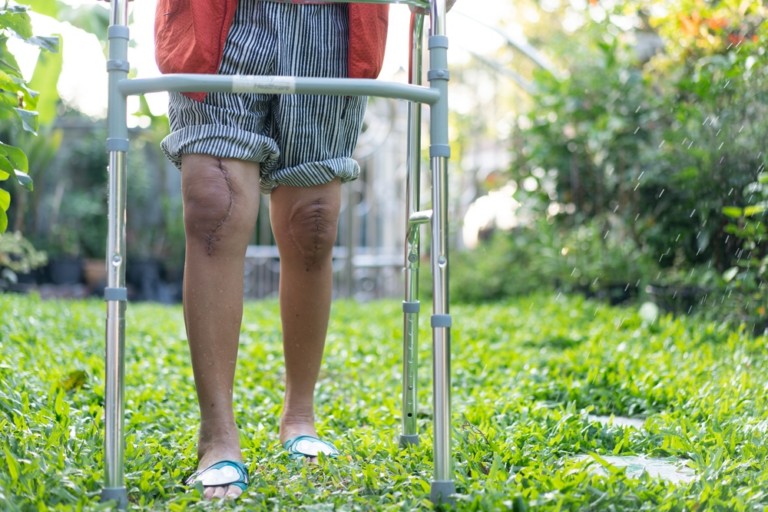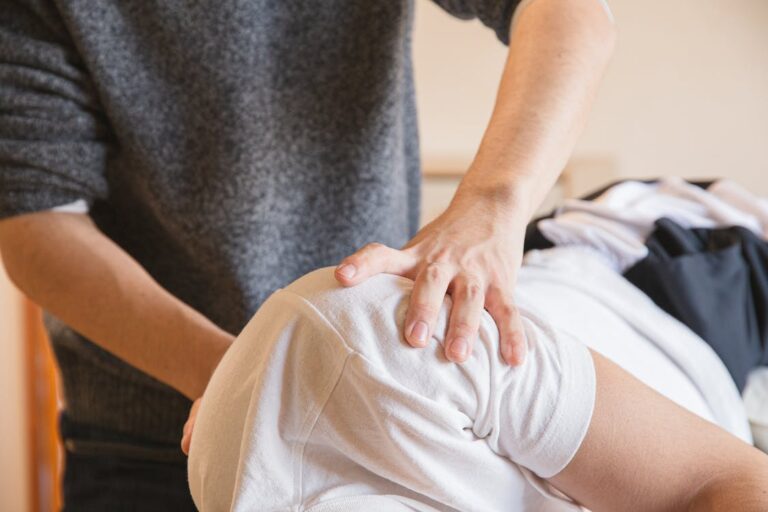Alternatives to Knee or Hip Replacement Surgery: Exploring Non-surgical Options
Hip or knee replacement surgery, while it is a very effective way to eradicate pain, discomfort, and improve mobility for patients with knee or hip arthritis, is not the only available option. If a patient wants a solution to their arthritis issues without surgery, there are various non-surgical methods of achieving it that the patient should consider. Some conservative treatments can successfully delay the need for replacement surgeries.

What are the risks associated with hip replacement surgery?
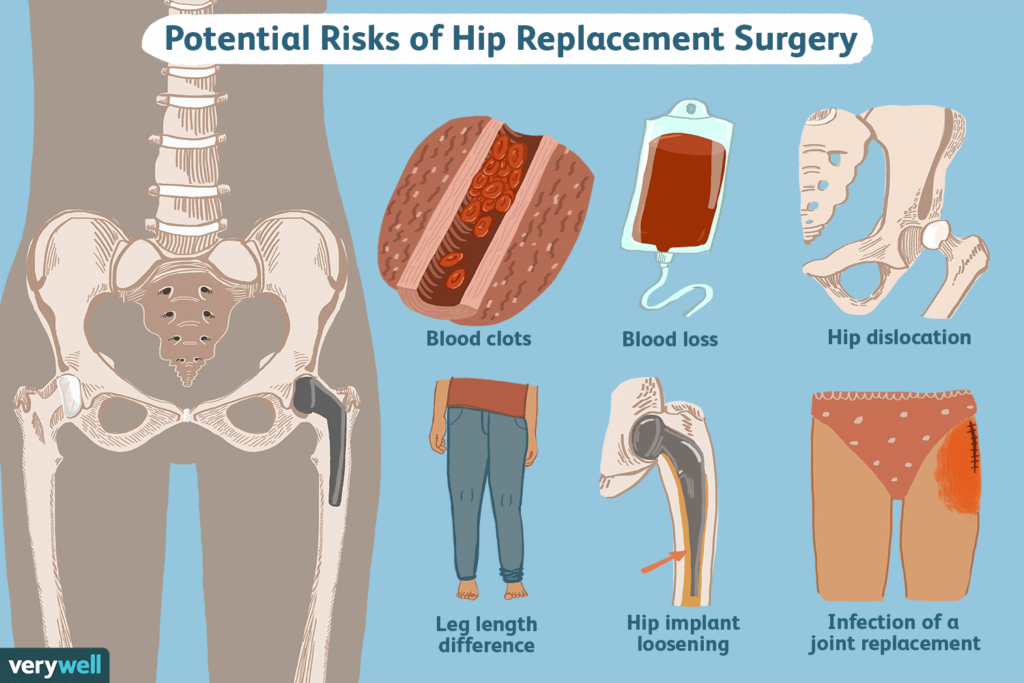
A major procedure like hip replacement surgery comes with several dangers, like blood clots, infection, nerve damage, and dislocation of the new hip joint. However, this procedure has a usually high success rate, and the majority of patients report great pain alleviation and increased mobility.
Hip injuries or hip pain can make life difficult, but replacement surgeries should be the last option. Before that, the patient should explore other treatment options including therapies, injections, the use of walking aids, etc. Hip replacement surgeries have risks, like infection, slow healing, especially for geriatrics, post-surgery hip pain, and blood clots among other risks. This is why it is better to try out the alternatives to hip or knee replacement surgeries before opting for the surgery if they do not help. Some of the alternatives and improvements to knee or hip-replacement surgeries are:
What are Some Non-surgical Alternatives to Knee or Hip Replacement?
Walking aids
This is one of the prescribed alternatives to hip surgery for the elderly to reduce the pain that makes walking difficult. The physicians recommend using a walking aid to reduce some of the weight on the affected part, thereby making walking easier. A walking aid is the simplest equipment that patients suffering from hip and knee injuries can use. Some recommended walking aids include:
- Canes
- Crutches
- Walkers
The use of walking aids may be difficult for the patients to use at the beginning, because they may find it difficult to balance; they usually get used to the use. The doctor will also guide the patient on how long they will have to use the walking aid in addition to other treatments to recover from the knee or hip injury and pain completely.
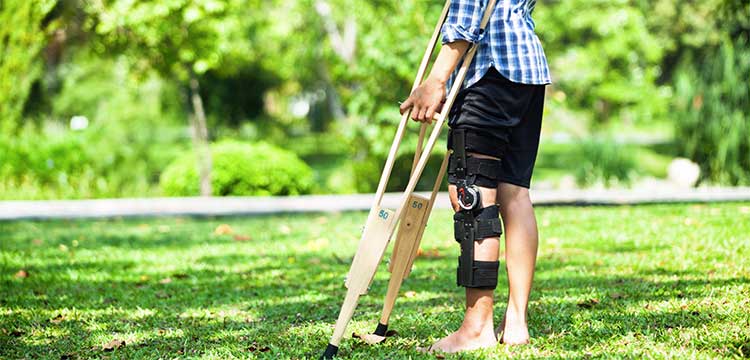
Medication
Hip pain may sometimes be uncomfortable and aggravating, making movement very difficult for the patients. Some patients complain about chronic hip pain and do not get much relief using the recommended walking aid. The doctors in these cases will usually prescribe medication like non-steroidal anti-inflammatory drugs to reduce the pain. This medication can also help address specific health conditions like:
- Osteoarthritis
- Bursitis
- Gout
The doctor will examine the patient’s case and may recommend some tests to fully understand the condition better. They will then prescribe the most suitable medication and the correct dosage. Other anti-inflammatory medications can also help reduce the pain and swelling that are experienced with joint injuries. Some of these medication include:
- Over-the-counter non-steroidal anti-inflammatory drugs like aspirin, ibuprofen, etc.
- Topical NSAIDS that can be applied directly to the joint like Voltaren.
- Prescription NSAIDs like meloxicam which can be prescribed on a case-by-case basis depending on the doctor’s assessment of the case and the symptoms experienced.
- Opioids in cases where arthritis does not respond to other listed medication
What are the specific tests that doctors may recommend for a patient before prescribing medication?
Before administering medication, doctors are required to perform particular tests to identify the underlying reason for a patient’s symptoms. These examinations could consist of blood testing, imaging tests, or other diagnostic techniques. The outcomes of these tests will aid doctors in creating the patient’s best course of care.
Injections
These injections are usually corticosteroids, and they work faster than painkillers and typically reduce the pain felt by the patient. The doctor will usually examine the patient’s medical history extensively before administering corticosteroids as they may elicit a reaction in some patients and cause a change in the blood sugar levels. This alternative can delay a joint replacement surgery by months or even years, depending on the patient’s case. The drugs target inflammation and work to eliminate the pain; they can also be injected directly into the joint in a process called intra-articular injection. However, these injections are used with caution, as repeated cortisone injections may deteriorate the articular cartilage.
Physical therapy
This can reduce the pain in the joint and significantly improve the functionality and stability of the joint, especially in patients suffering from arthritis. The therapy is targeted at improving the flexibility of the patient’s joints and increasing the range of motion with less discomfort. It has been seen that patients that are consistently inactive or less active may discover that their symptoms progressively get worse. Physical therapy addresses this by providing a range of muscle-strengthening exercises and activities that can help in the improvement of the joint’s mobility, stretching the joint, stabilizing and strengthening the joint as well as relieving the stress on the joints. These therapies may come in the following forms:
- Land-based exercises
- Resistance training
- Hydrotherapy
Lifestyle changes
This is one of the natural alternatives to knee or hip replacement surgery. It is a top non-surgical option and centers on changing the patient’s normal daily activities in order to better reduce pain and improve the functionality and stability of the joint. One of the ways to achieve this is to try and reduce or maintain a moderate weight and strengthen the muscle. This is usually achieved by a change in diet and prescribed exercise. These two practices can significantly improve the patient’s symptoms with few adverse effects. Some patients may need more support than others in achieving this moderate weight as well as maintaining it. This is because some activities may lead to a flare-up or deterioration of the condition. Patients in this condition may also benefit from weight counseling from weight professionals.
What other lifestyle changes can a person make to improve their symptoms besides weight management and exercise?
To improve their symptoms, patients must adopt new lifestyle habits in addition to healthy eating and exercise. These adjustments could involve eating fewer items that cause inflammation, getting enough relaxation and sleep, and regulating their stress using techniques like yoga or meditation. To create a thorough treatment plan that takes into account all facets of their health, patients must collaborate closely with their medical team.
Alternative exercises
These activities may provide some relief to patients. They include:
- Meditation
- Acupuncture
- Yoga
- Massage
Before a patient goes for any of these, they should properly consult their doctors on other traditional therapies that they can combine with the above-listed activities.
Heat and cold therapies
These therapies target the affected joints in distinctly different ways. The hot therapy that is applied using heating pads or warm and wet rags can help manage the pain and discomfort in the following ways:
- Relaxing tight and constricted muscles
- Increasing the blood flow to the joint
- Removing lactic acid which can contribute to stiffness and soreness
Cold therapy is targeted at the inflammation and pain that follows a flare-up of the symptoms which can occur after an injury or exercise. The cold therapy approach helps through:
- Slowing down the transmission of pain signals
- Inhibits the inflammatory agents
- Decreases the blood flow to the affected areas, thereby reducing the swelling
Supplementation
Supplements are recommended to some patients in order to boost their joint health. Most of these supplements reduce the inflammation that comes from arthritis and help in the protection of the cartilage as well. Supplements like glucosamine sulfate and chondroitin sulfate support and help improve cartilage stability as well as functionality. They also pose very little safety concerns for patients. It is essential to make sure that the supplements are safe before taking them by consulting with a doctor. This is to avoid adverse reactions to any of the supplements.
The information provided in this blog is for educational purposes only and should not be considered as medical advice. It is not intended to replace professional medical consultation, diagnosis, or treatment. Always consult with a qualified healthcare provider before making any decisions regarding your health. Read more

